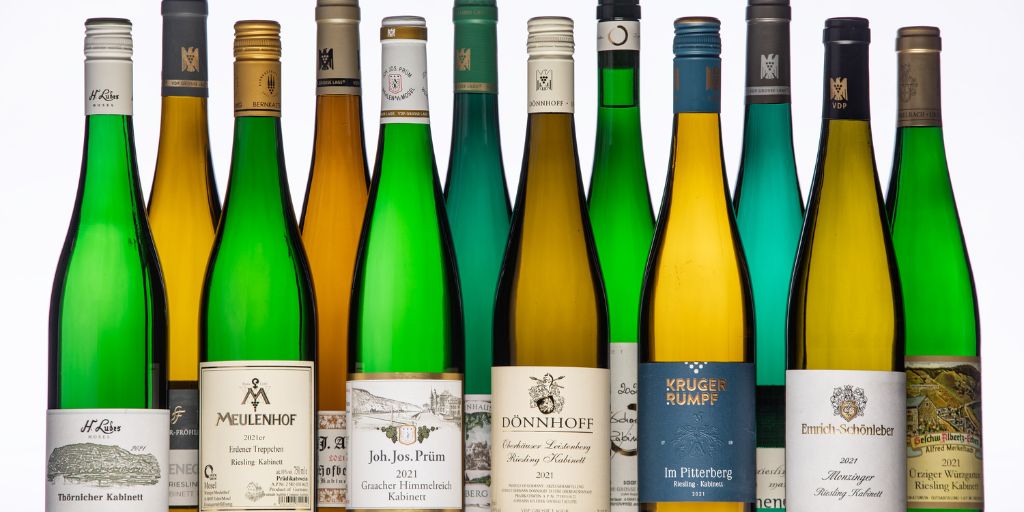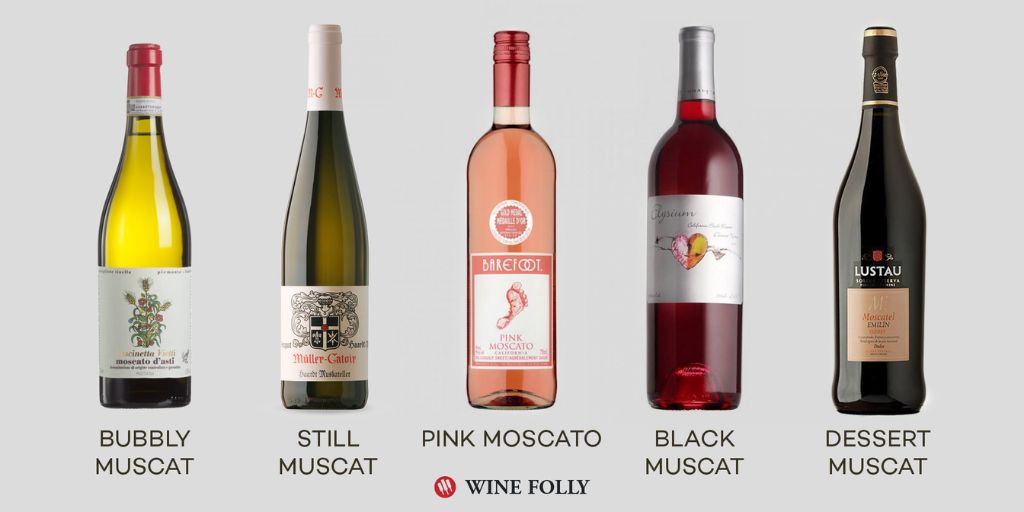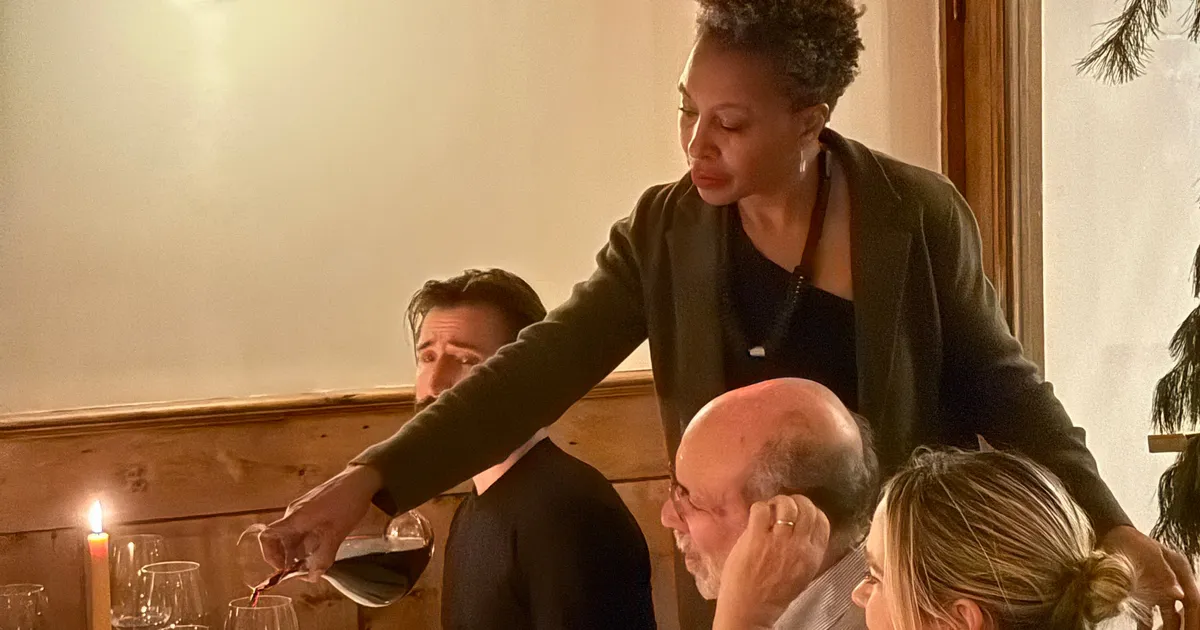Wine is one of the world’s oldest and most celebrated beverages, yet not everyone is immediately drawn to it. Maybe it tastes too bitter, too sour, too dry, or just too complicated.
If you’ve ever found yourself saying, “I don’t like wine,” you’re not alone. But here’s the good news: there’s probably a wine out there that you’ll love—you just haven’t discovered it yet.
Wine is a diverse category with thousands of grape varieties, flavor profiles, and sweetness levels. Some wines are bold and tannic, while others are sweet, bubbly, and fruit-forward. With that in mind, here are several wines to try if you think you don’t like wine, broken down by style, to help you ease into this world and maybe find a new favorite drink.
1. Moscato: Sweet, Light, and Fruity
If you have a sweet tooth or enjoy drinks like cider, soda, or sweet cocktails, Moscato is a great starting point. Originating from Italy, this white wine is known for its vibrant fruitiness, low alcohol content, and gentle bubbles.
What it tastes like: Think peaches, orange blossoms, and honey. It’s light, easy to sip, and feels refreshing—especially when served cold.
Best for: Beginners who want a non-intimidating, sweet introduction to wine. Also great for brunches and desserts.
2. Riesling: Crisp and Refreshing (Sweet to Dry)
Riesling is a versatile white wine that can range from very sweet to dry. Many wine newbies enjoy off-dry (slightly sweet) Rieslings because they offer a balance of sweetness and acidity, with clean fruit flavors like apple, pear, and citrus.
What it tastes like: Apple, lime, peach, and honeysuckle. In sweeter versions, it resembles fruit juice but with more depth.
Best for: Those who find red wines too strong or dry wines too sharp. Look for bottles labeled “off-dry” or “Kabinett” for a middle ground.
3. Rosé: Light, Fruity, and Beautifully Balanced
Rosé is made from red grapes, but its short skin contact gives it a pink hue and a much lighter flavor than most reds. It often combines the crispness of white wine with the flavor complexity of red, making it highly approachable.
What it tastes like: Strawberries, watermelon, citrus, and floral notes. It can be dry or slightly sweet depending on the producer.
Best for: Anyone who enjoys fruity drinks like sangria, spritzers, or flavored seltzers. It’s especially popular during warm weather.
4. Prosecco: Bubbly and Effortlessly Drinkable
Not a fan of flat beverages? Then Prosecco, Italy’s famous sparkling wine, might be the wine you’ve been waiting for. It’s usually more affordable and fruit-forward than Champagne, and it pairs well with celebrations or everyday sipping.
What it tastes like: Green apple, pear, white peach, and floral notes—often with a touch of sweetness.
Best for: Fans of mimosas or sparkling water. Its effervescence makes it fun, refreshing, and festive.
5. Lambrusco: A Red Wine That’s Light and Sparkling
If you’re curious about red wine but dislike the heaviness, Lambrusco offers a delightful alternative. It’s a light, fizzy red wine from Italy that often has a semi-sweet character.
What it tastes like: Ripe red berries, cherry cola, and sometimes a gentle earthy finish. It’s low in tannins and not too strong.
Best for: Soda drinkers and those looking to experiment with reds without going full-bodied.
6. Beaujolais Nouveau: Soft, Fruity, and Low-Tannin Red
Many people dislike red wine because of tannins—those mouth-drying, bitter compounds found in grape skins. But Beaujolais Nouveau, made from the Gamay grape in France, has very low tannins and a youthful, juicy taste.
What it tastes like: Strawberries, raspberries, and bananas. It’s often described as “gulpable.”
Best for: Red wine skeptics looking for something light, fruity, and not too intense.
7. Sangria: Wine’s Fun and Fruity Cousin
If wine still seems too “wine-y” for you, try it in a cocktail form like Sangria. This Spanish drink combines red or white wine with chopped fruit, juice, and sometimes a splash of brandy or soda.
What it tastes like: Whatever fruits and mixers are used! It’s customizable and incredibly easy to enjoy.
Best for: Partygoers, brunch lovers, and anyone who prefers cocktails to straight wine.
8. Zinfandel (White or Red): Jammy and Rich
White Zinfandel, despite its name, is actually a rosé. It’s sweet, low in alcohol, and approachable. Red Zinfandel, on the other hand, is more robust but often has a sweet, jammy quality that appeals to those who don’t like dry or bitter wines.

What it tastes like: White Zinfandel—strawberry and melon. Red Zinfandel—blackberry, spice, and dark cherry.
Best for: White Zinfandel for sweet wine lovers; red Zinfandel for those dipping a toe into bolder reds.
9. Port and Dessert Wines: Rich, Sweet, and Satisfying
If you’re into sweet treats and after-dinner drinks, try Port, Sauternes, or Late Harvest wines. These wines are intentionally sweet and are sipped slowly like a fine liqueur.
What it tastes like: Dried fruits, honey, nuts, and spices. Port often has a velvety texture and warming finish.
Best for: Dessert lovers or anyone who enjoys sweeter spirits like bourbon or sherry.
10. Wine Spritzers: A Milder Way In
Still not sold on wine’s full flavor? Dilute it a bit—on purpose! Wine spritzers are a simple mix of wine and soda water (or a lemon-lime soda). You can use white, rosé, or even red wine to create something more refreshing and mellow.
What it tastes like: Light, bubbly, and customizable—great with a twist of citrus or fruit garnish.
Best for: Casual drinkers or those who want to control alcohol intake while keeping things crisp and refreshing.
Tips for Finding the Right Wine for You
-
Start Sweet: Most first-time wine drinkers prefer sweet over dry. That’s totally fine. Gradually, your palate may shift toward drier, more complex wines.
-
Chill It: Cold wine is often more palatable for beginners, especially whites, rosés, and even lighter reds.
-
Don’t Judge by the First Sip: Wine can grow on you. Sometimes, it’s an acquired taste, like coffee or dark chocolate.
-
Ask for Help: Visit a wine shop and describe your flavor preferences (e.g., “I like fruity cocktails” or “I hate bitterness”). A good clerk or sommelier can steer you toward something you’ll enjoy.
-
Try Flights: If you go wine tasting or visit a wine bar, order a flight of small pours. It’s a great way to sample multiple styles without committing to a full glass or bottle.
Conclusion: Wine Can Be for Everyone
Not liking wine doesn’t mean you’ll never enjoy it. With so many styles, grapes, and flavor profiles, there’s likely a wine that matches your taste buds—you just need to explore a bit. Whether it’s the sweetness of Moscato, the light fizz of Prosecco, or the gentle fruitiness of a Beaujolais, there’s something out there that might just surprise you.
The best part? Wine tasting is an enjoyable journey. Take your time, stay open-minded, and you might just go from saying “I don’t like wine” to “I never knew wine could taste this good.”


